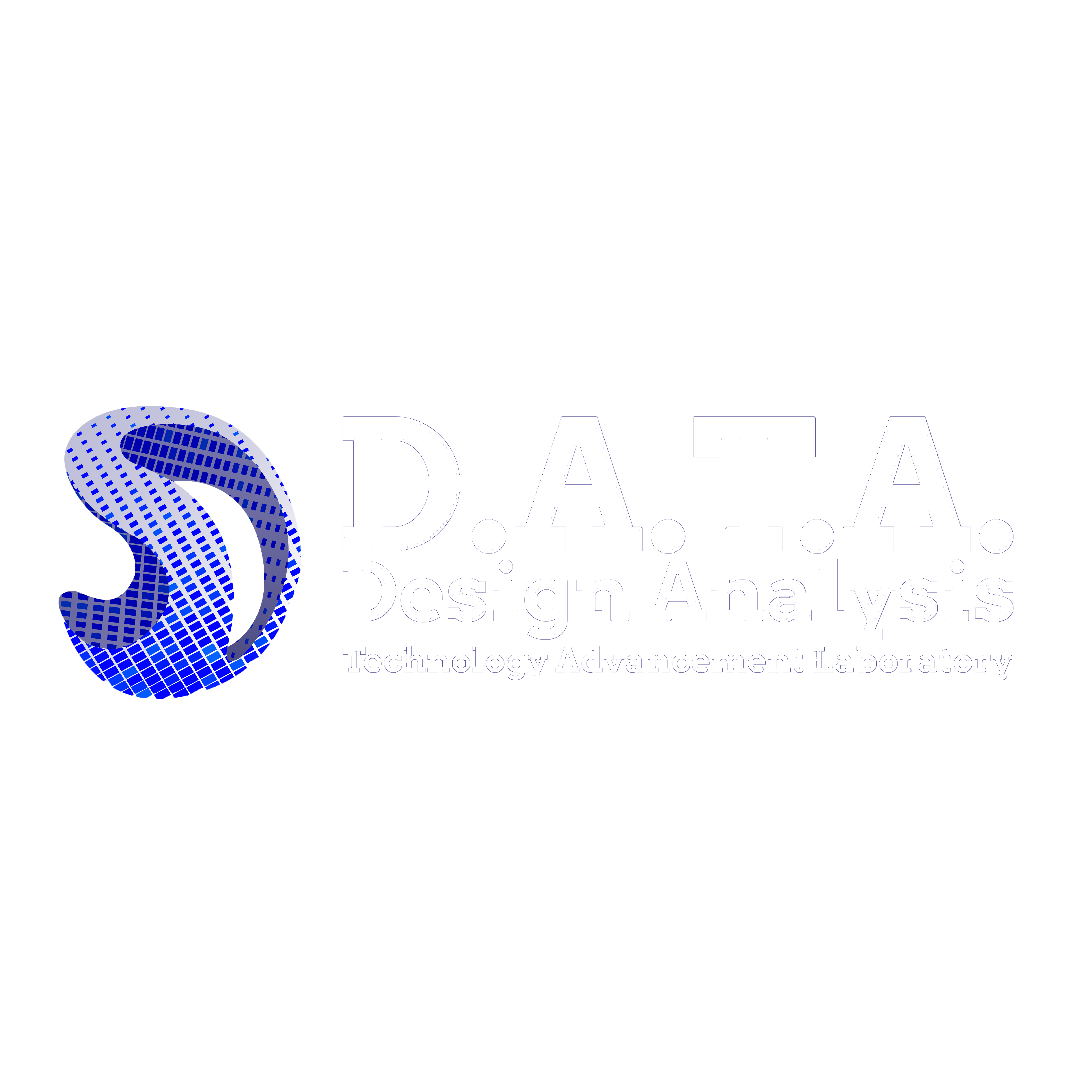Penn State Classes
EDSGN/IE 561: Data Mining Driven Design (Grad)
Data Mining Driven Design is a graduate level course aimed at understanding how theoretical data mining/machine learning algorithms can be employed to solve large scale, complex design problems. Students will work on project based exercises aimed at either proposing novel data mining algorithms or employing existing ones to solve complex design problems in fields relating to engineering, healthcare, financial markets, military systems, to name but a few. Course topics will include:
1. Introduction to data mining design
2. Data Preprocessing techniques
3. Mining Frequent Patterns: (Apriori, FP Tree, etc.)
4. Classification Algorithms in Design
5. Prediction Algorithms in Design
6. Clustering Algorithms in Design
7. Data Trend Mining
8. Text Mining and Online Data Analysis
IE 466: Concurrent Engineering (Undergrad)
Engineers of the 21st century will require an increasingly broad set of technical and business skills. Today's technical environment already includes design, planning for manufacture, manufacture, qualification (i.e., inspection and approval), marketing, and maintenance of a product. In the future, engineers will also address business requirements to include: marketing, capital equipment justification and procurement, pricing and capitalization. In general, engineers will provide the required information for both the business and technical integration required to link engineering and business. Integration of design with manufacturing requires that engineers, production personnel, and managers share the information needed to produce a durable good.
In Concurrent Engineering, we investigate engineering and management tools for concurrent product, process, and service development. Students will develop skills in team dynamics, management of concurrent engineering projects, including the voice of the customer, and design for manufacturing and design for assembly methodologies. The class will analyze case studies from various industries to learn how concurrent engineering is practiced in industries today.
EDSGN 100: Introduction to Engineering Design (Undergrad)
E Design 100 is a first-year engineering design course, required for most engineering majors. Titled Introduction to Engineering Design, the class uses a design-driven curriculum with emphasis placed on skills such as team-based design, communication skills (graphical, oral and written), and computer-aided analysis tools. The course will introduce students to the engineering approach to problem solving with strong references to basic science and math skills, as well as testing and evaluation design ideas by building prototypes. The design projects are a total of at least 30 hours of in-class work (one-third of the course). Two major design projects will be assigned during the semester, and each will require students to work in a team.
Course Learning Objectives:
1. Understand and use the design process well in all the course projects, ability to extend the design process to general problem solving, and recognize the value of creativity in the engineering design process.
2. Develop basic skills in 3-D solid modeling CAD (Computer-Aided Design) using SolidWorks
3. Acquire 3D visualization skills to draw and communicate design ideas and concepts.
4.Contribute on team-based projects, solve inter-team problems and develop communication skills.
5. Produce a well-organized website summarizing your EDSGN100 project work.

